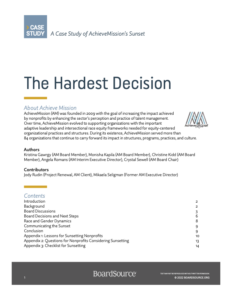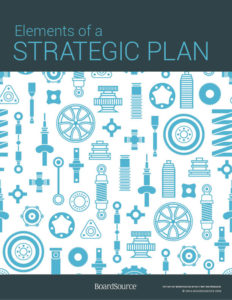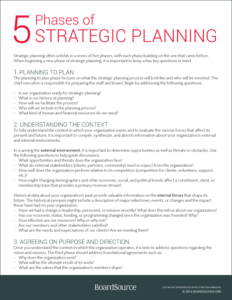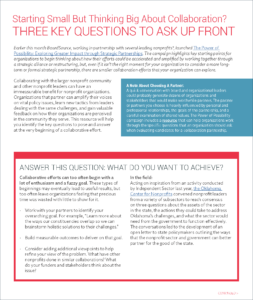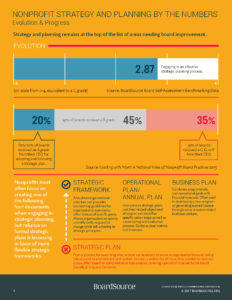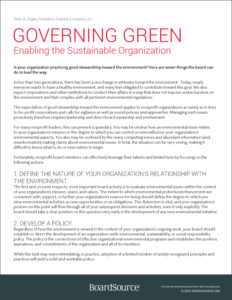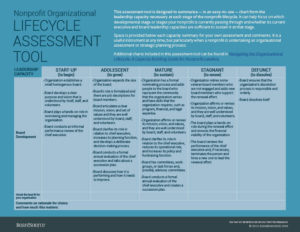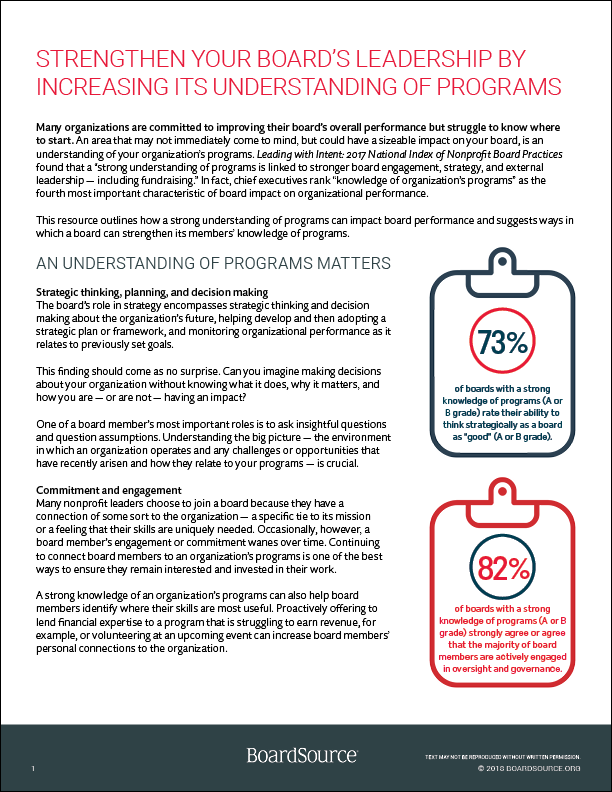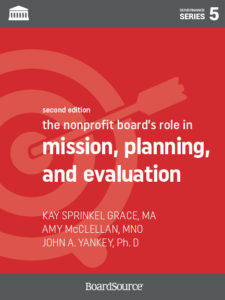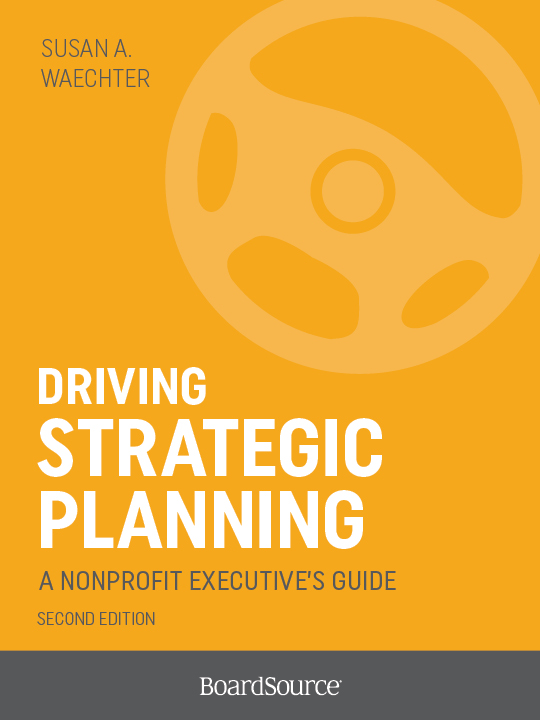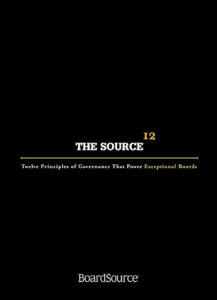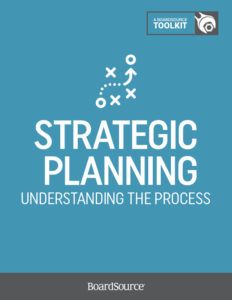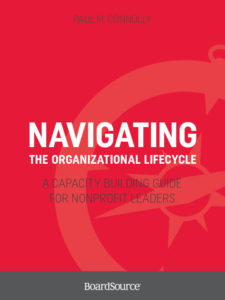Nonprofit Strategy and Planning
Importance of Nonprofit Strategic Planning
One of the board’s primary responsibilities is to set direction for the organization through strategic planning.
A strategic plan or framework serves as a roadmap and as a tool for assessing progress. Working side-by-side with staff leadership, your board should play an active and substantive role in developing, approving, and supporting your organization’s strategic planning.
The nature of strategic planning is changing, however, in response to the turbulence caused by the most recent recession and the challenge of planning in a constantly changing environment. Plans must be adaptable and reviewed regularly. At the same time, some nonprofit leaders have found that planning in a dynamic environment presents an opportunity to think differently.
Nonprofit leaders are encouraged to incorporate the Purpose-Driven Board Leadership principles to guide your strategic planning process. While this centers around the four principles, in particular, equity mindset and authorized voice and power, can drive the change that most organizations need to take board leadership and thinking to new heights. It is vitally important that organizations incorporate and amplify the voices of the communities served to remove any systemic inequities and lead to greater social impact. As you clarify your organization’s strategic priorities, you may find that they are best accomplished in partnership with others. Consider a strategic alliance with another organization to accelerate your mission work and unlock new opportunities for impact.
BoardSource has also seen a shift away from traditional strategic plans based on three- to five-year time horizons and long planning processes. There has been a move toward strategic frameworks articulating organizational priorities, business plans that combine programmatic and operational goals with financial forecasts, as well as more robust annual plans with clear metrics and timelines.
Whether the path is more traditional or a new framework, the most important planning tool a nonprofit has is the strategic planning process, and this should reflect a shared board and staff vision of the organization’s role, values, and priorities. It should also include a clear focus on the purpose of your organization and the community it serves. Nonprofits need to ensure that those most impacted by the plans have a voice in the planning. According to Leading with Intent, strategic planning remains among the top areas in need of board improvement, and the following resources are designed to help.
The following resources are designed to help boards improve their performance in the area of strategic planning. According to Leading with Intent, strategic planning remains among the top areas in need of board improvement.
Quick Access:
Visual & Written Info
Guides, tools, templates, and infographics
Publications: books and toolkits
Written resources: 101, 201, and 301-level
Sign-up to receive our communications; we’re always adding new resources and will send them to you directly.
Guides, Tools, Templates, and Infographics
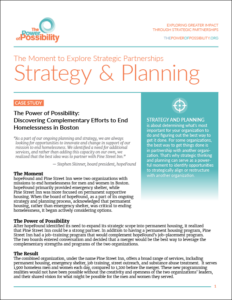
The Power of Possibility campaign resource: Using the moment of strategy and planning to consider a strategic partnership.
6 Characteristics of Effective Boards
Members-only
Nonprofit Organizational Lifecycle Assessment Tool
Members-only
